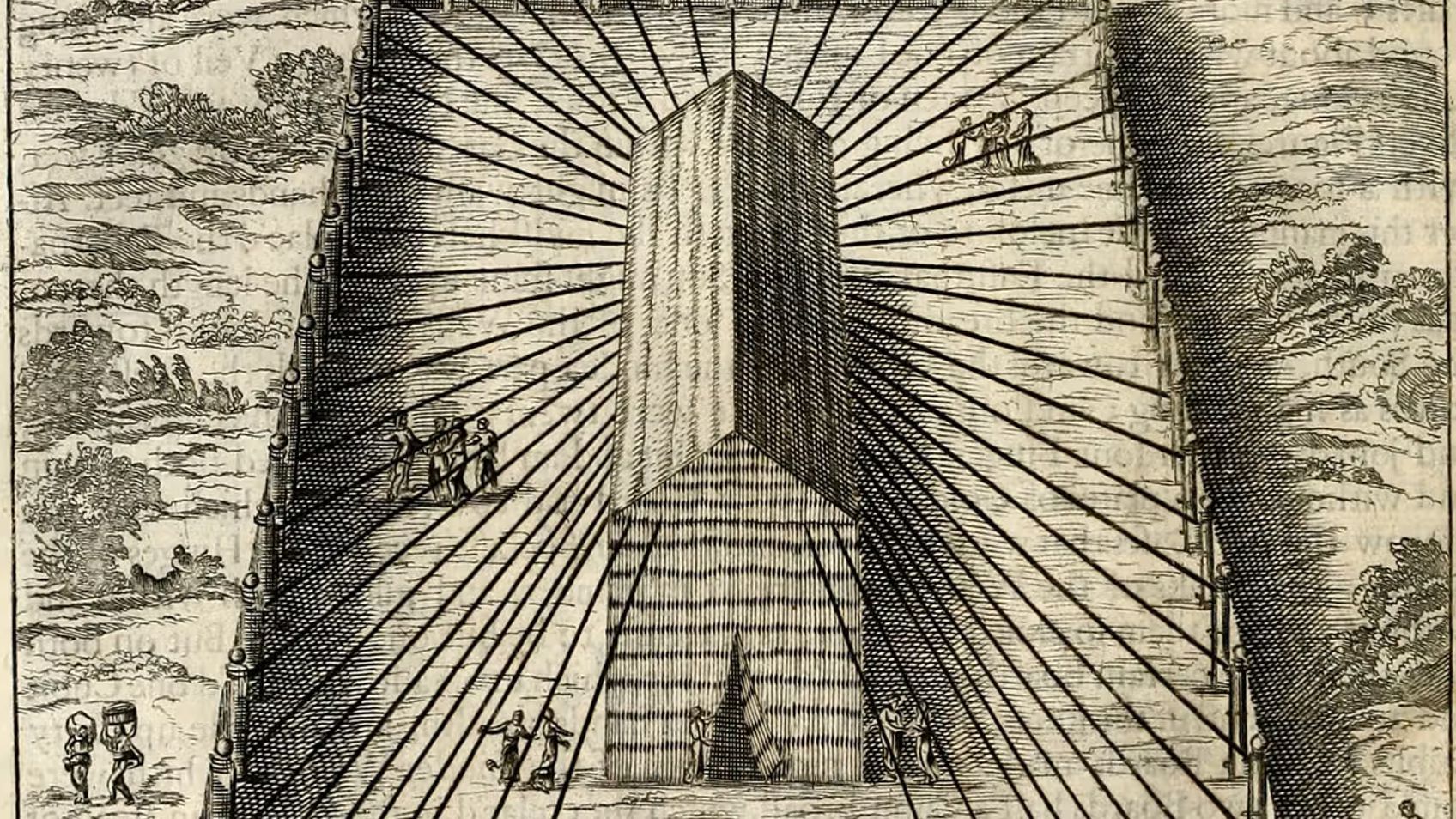Garments of Priests

The TabernacleSteve Gregg
Steve Gregg delves into the topic of the garments worn by priests in Exodus chapter 28, emphasizing their significance in symbolizing the true character of a priest. These garments, including the breastplate, ephod, and robe, were intricately designed with engravings and enclosures of gold, reflecting the holiness of the Lord. Gregg draws parallels between the priestly garments and the spiritual armor mentioned in the New Testament, highlighting the importance of righteousness and faith in a Christian's life. Through this exploration, he emphasizes the call to bear one another's burdens, echoing the servant-hearted nature of Jesus as the ultimate high priest.
More from The Tabernacle
10 of 10
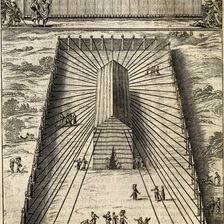
Next in this series
Consecration of Priests
The Tabernacle
Steve Gregg discusses the consecration of priests in Exodus chapter 29, highlighting their role as kingdom priests and the various rituals involved in
8 of 10

Construction and God's Presence
The Tabernacle
Steve Gregg delves into the significance of the tabernacle in the book of Exodus, highlighting its purpose as a dwelling place for God among the Israe
Series by Steve Gregg
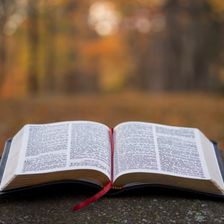
Word of Faith
"Word of Faith" by Steve Gregg is a four-part series that provides a detailed analysis and thought-provoking critique of the Word Faith movement's tea
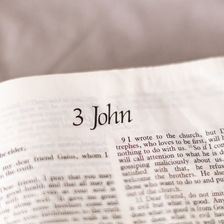
3 John
In this series from biblical scholar Steve Gregg, the book of 3 John is examined to illuminate the early developments of church government and leaders
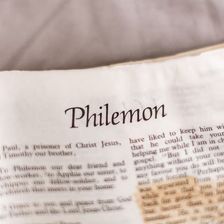
Philemon
Steve Gregg teaches a verse-by-verse study of the book of Philemon, examining the historical context and themes, and drawing insights from Paul's pray
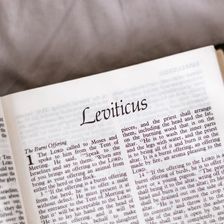
Leviticus
In this 12-part series, Steve Gregg provides insightful analysis of the book of Leviticus, exploring its various laws and regulations and offering spi
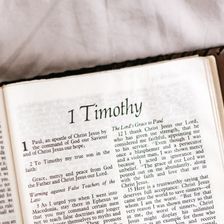
1 Timothy
In this 8-part series, Steve Gregg provides in-depth teachings, insights, and practical advice on the book of 1 Timothy, covering topics such as the r
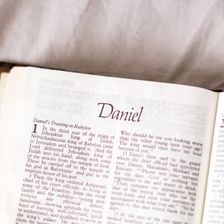
Daniel
Steve Gregg discusses various parts of the book of Daniel, exploring themes of prophecy, historical accuracy, and the significance of certain events.
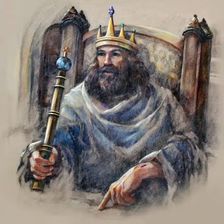
Kingdom of God
An 8-part series by Steve Gregg that explores the concept of the Kingdom of God and its various aspects, including grace, priesthood, present and futu
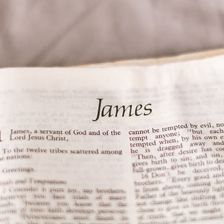
James
A five-part series on the book of James by Steve Gregg focuses on practical instructions for godly living, emphasizing the importance of using words f
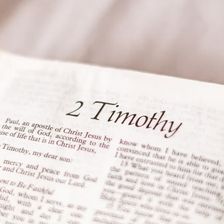
2 Timothy
In this insightful series on 2 Timothy, Steve Gregg explores the importance of self-control, faith, and sound doctrine in the Christian life, urging b
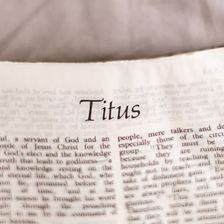
Titus
In this four-part series from Steve Gregg, listeners are taken on an insightful journey through the book of Titus, exploring issues such as good works
More on OpenTheo
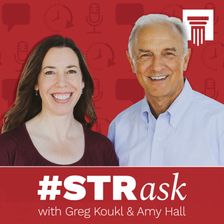
How Do These Passages Fit with Your View on How God Speaks?
#STRask
September 15, 2025
Questions about why, if it’s impossible to miss God’s voice, the disciples incorrectly told Paul “through the Spirit” not to go to Jerusalem, people m
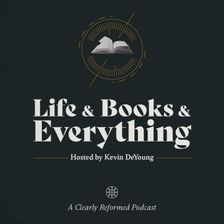
Life and Ministry in Charlotte and in the SBC with Clint Pressley
Life and Books and Everything
December 15, 2025
In a rare cultural anomaly that may never be repeated in our lifetimes, the current SBC President and current PCA Moderator live in the same neighborh

If We Don’t Need to Learn to Hear God’s Voice, How Do You Explain These Verses?
#STRask
September 11, 2025
Questions about why, if we don’t need to learn to hear God’s voice, there’s a command to earnestly desire the gift of prophecy, why we would need to l
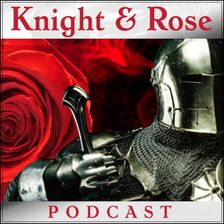
Corey Miller: The Progressive Miseducation of America
Knight & Rose Show
September 27, 2025
Wintery Knight and Desert Rose welcome Dr. Corey Miller to discuss The Progressive Miseducation of America. They examine how universities promote scie
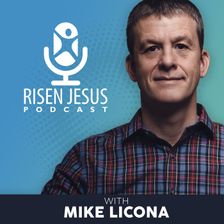
The Historical Reliability of the Gospels: Licona vs. Ehrman - Part 2
Risen Jesus
September 10, 2025
In this episode, frequent debate opponents Dr. Michael Licona and Dr. Bart Ehrman face off on the historical reliability of the gospels. Held in 2018

Is It a Sin to Feel Let Down by God?
#STRask
November 6, 2025
Questions about whether it’s a sin to feel let down by God and whether it would be easier to have a personal relationship with a rock than with a God

Since Most People Are Wrong When They Make Supernatural Claims, Why Didn't God Do Better?
Risen Jesus
September 17, 2025
Dr. Matthew McCormick, a philosophy professor at California State University, Sacramento, doesn’t believe that there is satisfactory historical eviden

Why Does the Bible Teach You How to Be a Proper Slave Owner?
#STRask
November 13, 2025
Question about why it seems like the Bible teaches you how to be a proper slave owner rather than than saying, “Stop it. Give them freedom.”
* It s

Protestants and Catholics: What’s the Difference? With Chad Van Dixhoorn, Blair Smith, and Mark McDowell
Life and Books and Everything
November 26, 2025
How should Protestants think about the Catholic Mass? About the Eucharist? About the history and development of the papacy? In this panel discussion,

What Tools of Reasoning Help You Know What’s True, Right, and Good?
#STRask
December 4, 2025
Question about what tools of reasoning help us determine whether something is true or false, right or wrong, good or bad before bringing Scripture int

The Golden Thread of the Western Tradition with Allen Guelzo
Life and Books and Everything
October 6, 2025
Dr. Guelzo is back once again for another record setting appearance on LBE. Although he just moved across the country, Allen still made time to talk t

What Are the Top Three Apologist Pitfalls to Watch Out For?
#STRask
October 2, 2025
Question about the top three pitfalls to watch out for when you start using apologetics in conversations with others.
* What are the top three apol

How Did a Fisherman Write the Book of Peter?
#STRask
September 18, 2025
Questions about how a fisherman could have written the book of Peter, why people say that not mentioning the destruction of the temple indicates an ea

Are You Accursed If You Tithe?
#STRask
December 15, 2025
Questions about whether anyone who tithes is not a Christian and is accursed since Paul says that if you obey one part of the Mosaic Law you’re obliga

How Does It Affect You If a Gay Couple Gets Married or a Woman Has an Abortion?
#STRask
October 16, 2025
Questions about how to respond to someone who asks, ”How does it affect you if a gay couple gets married, or a woman makes a decision about her reprod
